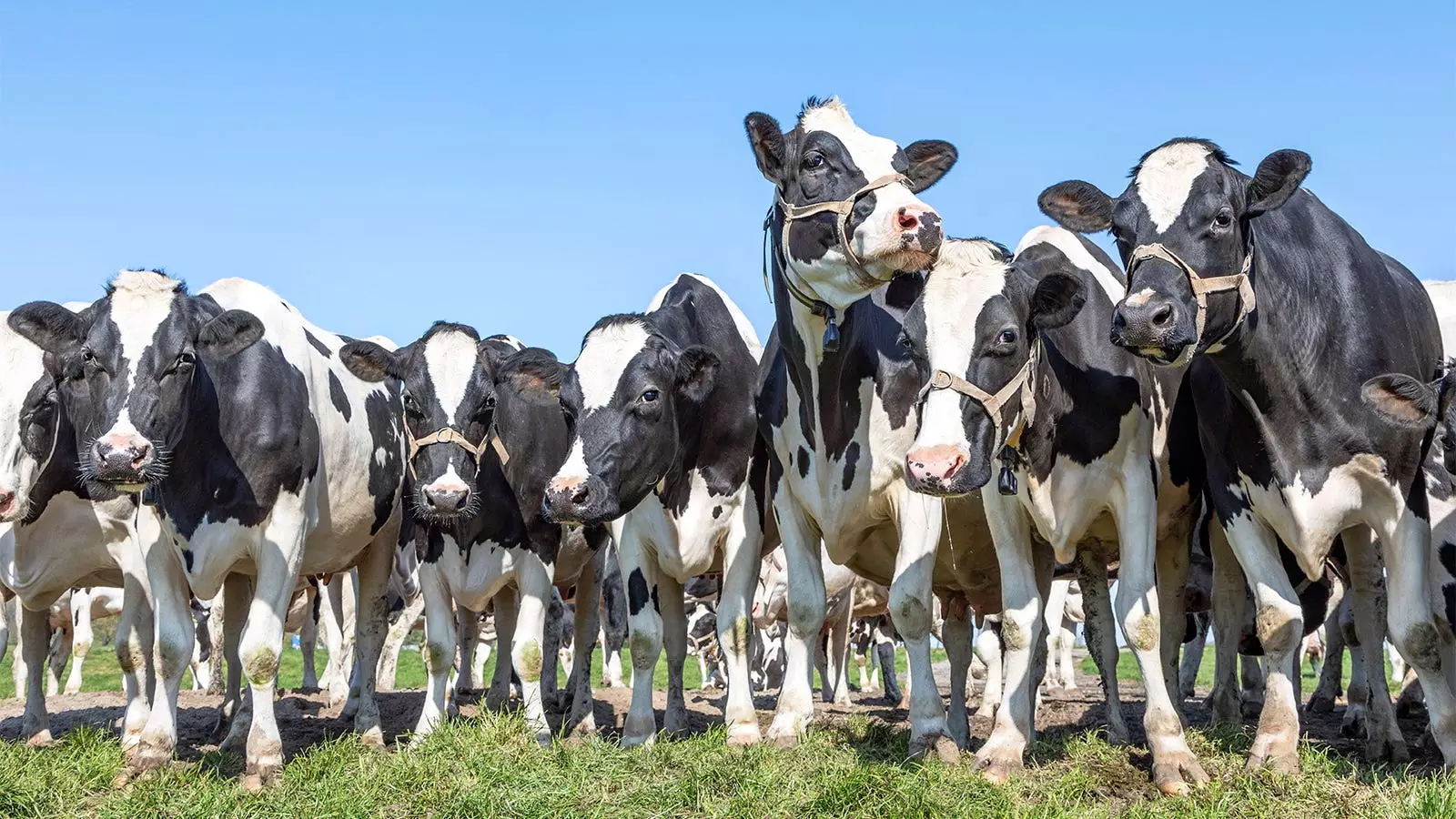A recent paper challenged the prevailing notion that the H5N1 bird flu in cattle always results in mild illness. The research conducted on nine farms revealed that cattle mortality rates were twice as high during outbreaks on certain farms. For instance, a farm in Ohio recorded 99 cow deaths during a 3-week period, which is double the normal mortality rate. This finding is alarming and indicates that the virus can have severe consequences for dairy cattle.
The study also detected evidence of subclinical infections in some cows, with viral RNA found in nasal swabs and urine samples. Surprisingly, animals with clinical illness shed the virus less frequently in nasal swabs and urine. This has significant implications for the spread of the virus between farms, as apparently healthy cows from one farm were able to transmit the virus to another farm. The researchers suggested that the virus may enter the body through respiratory or oral routes and replicate at low levels before disseminating to other organs.
Furthermore, the paper confirmed that the H5N1 virus has a high affinity for mammary gland tissue in cows. This is consistent with the presence of sialic acid receptors with both avian-like and human-like linkages in these cells. The virus’s ability to target mammary glands can have serious implications for milk production and the overall health of the cattle.
The study also reiterated the key symptoms associated with H5N1 infection in dairy cattle, including decreased feed intake, respiratory signs, lethargy, dehydration, and abnormal milk production. Cattle typically experience a sudden drop in milk production that can last for up to a month. However, most cows recover from the illness within 5 to 14 days and return to their original health status. The virus was also found to spread to other animals on or near the farm, such as cats, raccoons, and wild birds, highlighting the complex pathways of transmission.
The research on the impact of H5N1 bird flu on dairy cattle reveals the need for robust measures to prevent and control infections. The high mortality rates, subclinical infections, viral shedding, and mammal-to-mammal transmission all underscore the importance of biosecurity practices and enhanced surveillance efforts on farms. By understanding the behavior of the virus in cattle, we can better protect both animal and human populations from the threat of a potential pandemic.


Leave a Reply